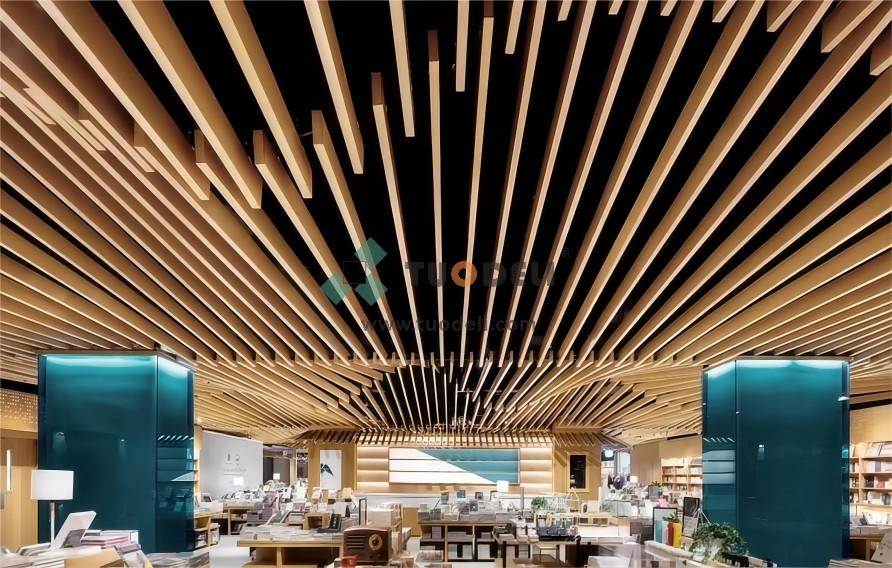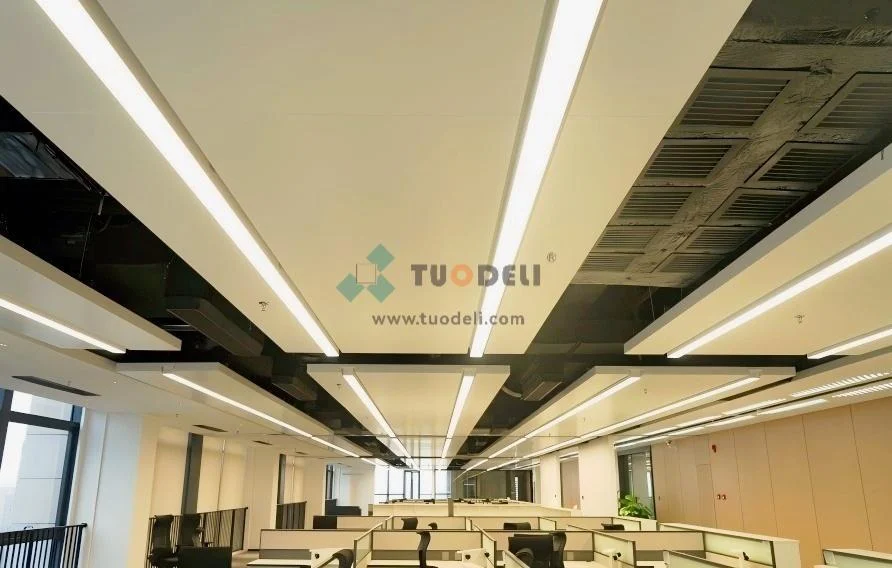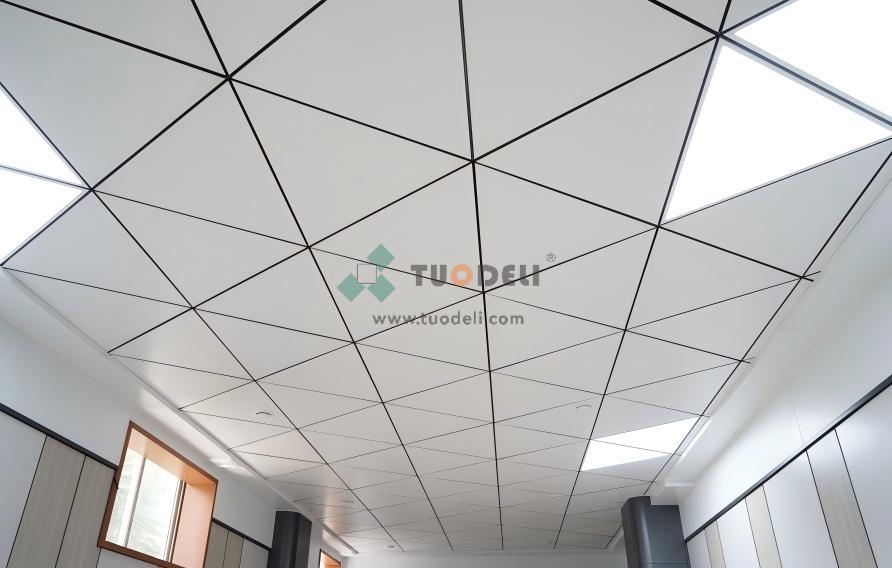Ceiling Texture Guide: 13 Styles for the Ideal Look
When designing or remodeling a room, ceilings are last. With the perfect ceiling texture, a room can be transformed in the way it feels and appears. If one wants something more than a boring dull ceiling, dealing with textures might not only add depth, and hide flaws, but also make noise.
What is a Textured Ceiling?
Textured ceiling is the process of putting a pattern or design on the ceiling to give it visual interest and pizzazz to the space, and they have varying tools and techniques. The majority of the texture is hand-painted using a paintbrush, a roller, or a sprayer, so perhaps it can be a DIY project. But they are able to create more delicate and intricate patterns with professional skills.
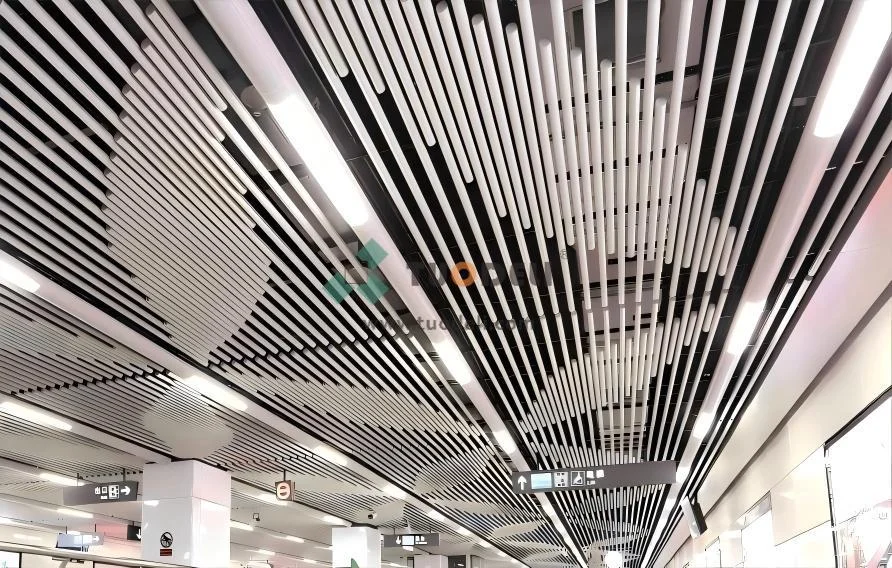
13 Types of Ceiling Textures Close Up
There are numerous types of ceiling textures, and each one has a unique appearance and texture. Some of the most popular ones are the comb, knockdown, orange peel, spray sand, skip trowel, slap brush, popcorn, stipple brush, floral, tree bark, sheetrock, and shoelace textures.
Comb Texture
Comb texture is a simple texture created by combing lines and patterns of wet plaster or drywall compound, typically in circles or half-circles. It is simple to install and offers a low-key appearance, which enhances the current appearance without drawing attention.
Knockdown Texture
A knockdown ceiling texture creates a stucco-like, country style of pattern that fills in minor imperfections and provides the room with depth. If you have some experience with ceiling textures and already own an air compressor and a hopper gun that has an air-adjustable valve, then this is an option for you.
Orange Peel Texture
The orange peel texture is a light bumpy, soft-looking pattern that is popular in modern homes, providing a delicate appearance that is smoother than a knockdown texture and typically easier to clean.
Spray Sand Texture
Spray sand ceiling texture is obtained through a hopper gun or paint sprayer, or even a paintbrush, and produces an appearance similar to an orange peel texture. The texture is ideal for an old-look home, hides imperfections, creates depth, and maximizes soundproofing. It is, however, difficult to eliminate.
Skip Trowel Texture
Applying skip trowel texture to the ceiling creates distinct patterns that are recognizable in a well-lit room, typically considered to have a Mediterranean appearance.
Slap Brush Texture
Slap brush texture ceiling is a unique design that is made using thin lines, and this can be achieved using the use of roller, slap brush, and drywall compound. Using paint-like textured drywall compound, you are able to roll the paint roller and slap the slap brush on the ceiling in order to create random lines and patterns, contributing to aesthetic value and depth to the region.
Popcorn Texture
Popcorn ceiling texture, popular during the 1990s, has a coarse, bumpy texture similar to that of orange peel but rougher. Although originally used to mask imperfections at a lower cost, it is also an effective sound absorber and muffler. It is still very much in use in family rooms, dens, and playrooms.
Stipple Brush Texture
Stipple brush ceiling texture is created with a stipple brush and drywall compound and has deep valleys and minimal sharp peaks that cover up small imperfections and uneven surfaces.
Floral Texture
Floral ceiling finishes are lovely finishes that are usually done by professionals, typically to emphasize the attractiveness of a ceiling in dining rooms, living rooms, or bedrooms, especially around light fixtures.
Tree Bark Texture
Tree bark ceilings are a tasteful, rustic-type finish with appearance similarity to tree bark appearance and can be painted to match bark color. Flaws are completely covered, though, and are not easy to clean.
Sheetrock Texture
Sheetrock ceiling texture is straight lines sprayed onto uneven patterns along the ceiling surface, looking similar to stacked stone.
Shoelace Texture
Shoelace texture is a clean, uniform pattern of swirling and crossing lines that adds texture and depth to the ceiling. It is done with a thin layer of drywall compound, covering a string or shoelace, and letting it flow across the ceiling when wet. It hides defects but is difficult to install and remove.
Selecting the Proper Ceiling Texture
Selecting the ideal ceiling texture will be influenced by numerous factors, including your preference, the kind of advantage you want, installation timing and methodology, and resources.
Aesthetic Considerations
It is a good idea to decide on an aesthetic beforehand so that texturing can proceed in harmony. A majority of the textures available cannot be removed. Decide the look and feel for the room generally and pick accordingly.
Benefits of Each Texture
Various textures have special advantages like the ability to absorb sound, conceal flaws, and provide depth. For instance, popcorn ceilings are very good at absorbing sound, so they are ideal for installation in playrooms, and sand swirl and slap brush textures may provide small rooms with an extra depth.
Most textures are feasible as a do-it-yourself project with basic tools or a spray system. But more intricate patterns like the shoelace texture will be installed professionally.
Cost Factors
Professional installation of texturing can differ by complexity. Do-it-yourself installation is less expensive on labor but will require expenditure for the correct tools and materials.
Other Ceiling Options and Materials
Aside from textured ceilings, you have other options available at your disposal, including drywall substitutes and cost-effective covering solutions. Wood ceilings and metal ceilings are also choices for their unique appearances and benefits.
Drywall Substitutes
Drywall substitutes are wood, fiber cement boards, plywood, PVC panels, and acoustic tiles. These substitutes have different qualities regarding their appearance, strength, and installation.
Cost-Effective Ceiling Coverings
The most affordable way to complete a ceiling is often with a fresh coat of paint. Styrofoam ceiling tiles and beadboard paneling are two lower-cost options.
Metal Ceiling Tiles
Metal ceiling tiles offer a list of advantages including durable, pest-proof, fireproof, and clean, contemporary appearances. Metal tiles also consist primarily of recycled or renewable materials, and they are an eco-friendly option.
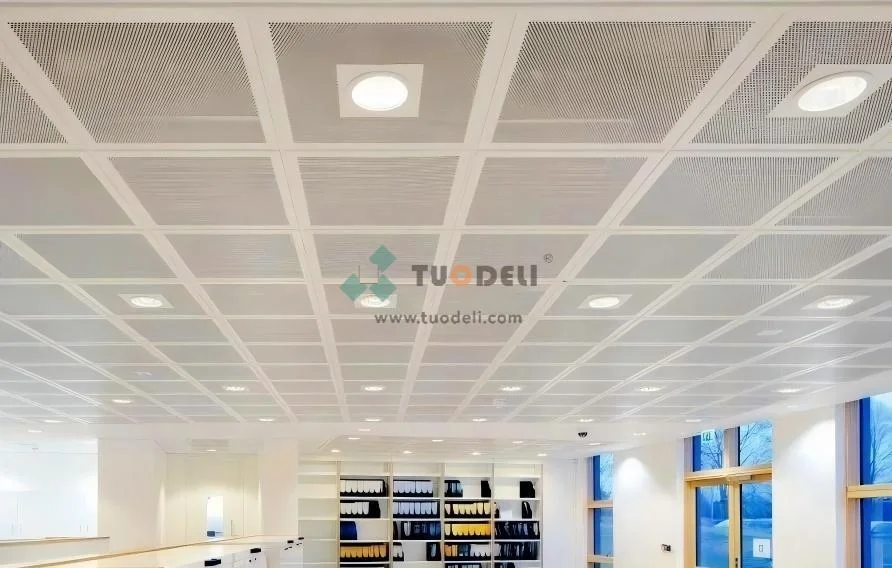
Timber Ceilings
Timber ceilings can bring heat and natural ambiance into a building, two of the choices including fixed concealed cladding systems and timber battens. The timber ceilings are made up of sustainably sourced species that provide durability as well as sophistication.
TUODELI: Your Reliable Ceiling Supplier
TUODELI is a high-grade producer of acoustic metal ceiling systems and fireproof metal wall cladding panel systems for metal ceiling product-seeking clients. With a pioneering production process, they have been carrying out rigorous and scientific investigations of conventional specifications and high-level materials for over 30 years. The company continually provides an extensive variety of metal ceiling systems and wall cladding materials, which are developed to address individual needs of markets in different parts of the world. Either if you need fire-resistant panels of strength or unique acoustic solutions, they have quality and innovative products to get to the ideal solution for your needs in the project.
In general, the ideal ceiling texture could make your space exceptional. Depending on whether or not to use a do-it-yourself-friendly texture or one that is professionally done, selecting the most satisfying and appropriate one.
FAQs
Q: How do I fix a damaged ceiling?
A: Spackle over minor cracks, and extensive damage can be repaired by patching with plaster or drywall and repainting later.
Q: What type of paint do I use on ceilings?
A: White flat or matte paint is usually used on ceilings because it hides imperfections and reflects light well.
Q: How do I replicate the texture of an existing ceiling?
A: Duplicate the texture on a test board using the same tools and techniques and roll it onto the ceiling.

